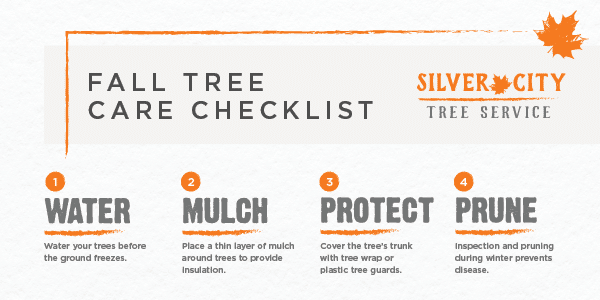Can Trees Be Protected? Indicators For Necessary Tree Elimination
Can Trees Be Protected? Indicators For Necessary Tree Elimination
Blog Article
Produced By-Bailey Bright
If you have actually ever wondered about the fate of the trees on your residential or commercial property, recognizing when it's time for removal is critical. But how do you establish if a tree can be conserved or if elimination is the only alternative? By seeking certain signs and examining security threats, you can make educated decisions that profit both your landscape and your surroundings. Let's check out the essential elements that enter into play when making a decision the fate of a tree and just how you can make sure the best outcome for your eco-friendly buddies.
Signs of Tree Decline
If you notice any of the adhering to indicators of tree decrease in your backyard, it might be time to take into consideration tree removal.
One typical indication is dead or rotting branches, which can show underlying problems affecting the tree's health and wellness. Watch out for discolored or shrivelled fallen leaves that persist despite having appropriate care, as this could be an indication of condition or pests.
An additional warning signal is extreme leaning or a visible change in the tree's base, which might suggest origin problems or architectural instability. Watch out for fungal growth on the trunk or origins, as this can show rot and jeopardize the tree's stability.
Additionally, if you observe huge splits in the trunk or major arm or legs, it's important to resolve these problems immediately to stop possible dangers. Attending to these indications of tree decline immediately can help preserve the safety and security and aesthetic appeals of your yard environment.
Security Problems
To guarantee the health of your home and those around you, focusing on security problems related to trees is paramount. Trees can pose various safety and security threats if not correctly kept. Dead or decaying branches might drop suddenly, threatening people or harmful frameworks.
Leaning trees can additionally be hazardous, specifically if they're leaning in the direction of a structure or high-voltage line. Additionally, trees with extensive origin systems near foundations or below ground energies can trigger significant damages with time.
It's vital to frequently evaluate your trees for any kind of indicators of potential risk. Watch out for fractures in the trunk, big cavities, or signs of condition and degeneration. If you discover any one of these issues, it's finest to consult with a professional arborist to examine the scenario and identify the needed course of action.
Taking positive actions to address safety problems quickly can protect against mishaps and building damages in the future. Remember, the security of your property and those around you need to always be the top concern when it concerns tree upkeep.
Consulting an Arborist
When thinking about the health and safety of your trees, getting in touch with an arborist is a vital action. just click the up coming site are trained specialists that focus on the care and maintenance of trees. They can analyze the total wellness of your trees, recognize any issues such as illness or structural troubles, and supply skilled referrals on the most effective course of action.
By consulting an arborist, you can obtain important insights right into the problem of your trees and figure out whether removal is essential. Arborists have the knowledge and experience to examine the risks associated with maintaining a tree versus removing it. They can also provide assistance on different remedies, such as trimming, cabling, or bracing, to assist preserve the tree whenever feasible.
In addition, arborists can aid you browse any type of neighborhood regulations or allows that may be needed for tree removal. Their knowledge can make sure that the procedure is carried out securely and in compliance with any kind of suitable laws.
Final thought
In conclusion, when establishing whether trees can be saved or if elimination is needed, it is important to think about signs of decline and security issues. Consulting an arborist for an extensive assessment is important in making the best decision for the tree's wellness and prospective dangers. Bear in mind, proactive treatment and timely action can assist protect trees and prevent crashes.
